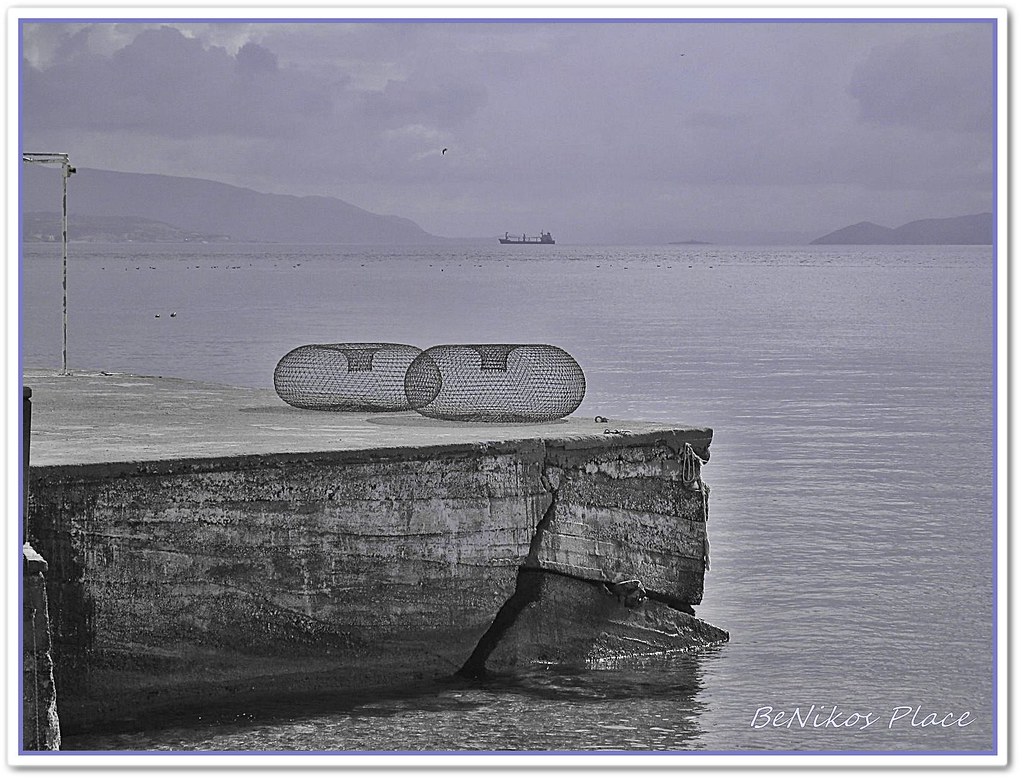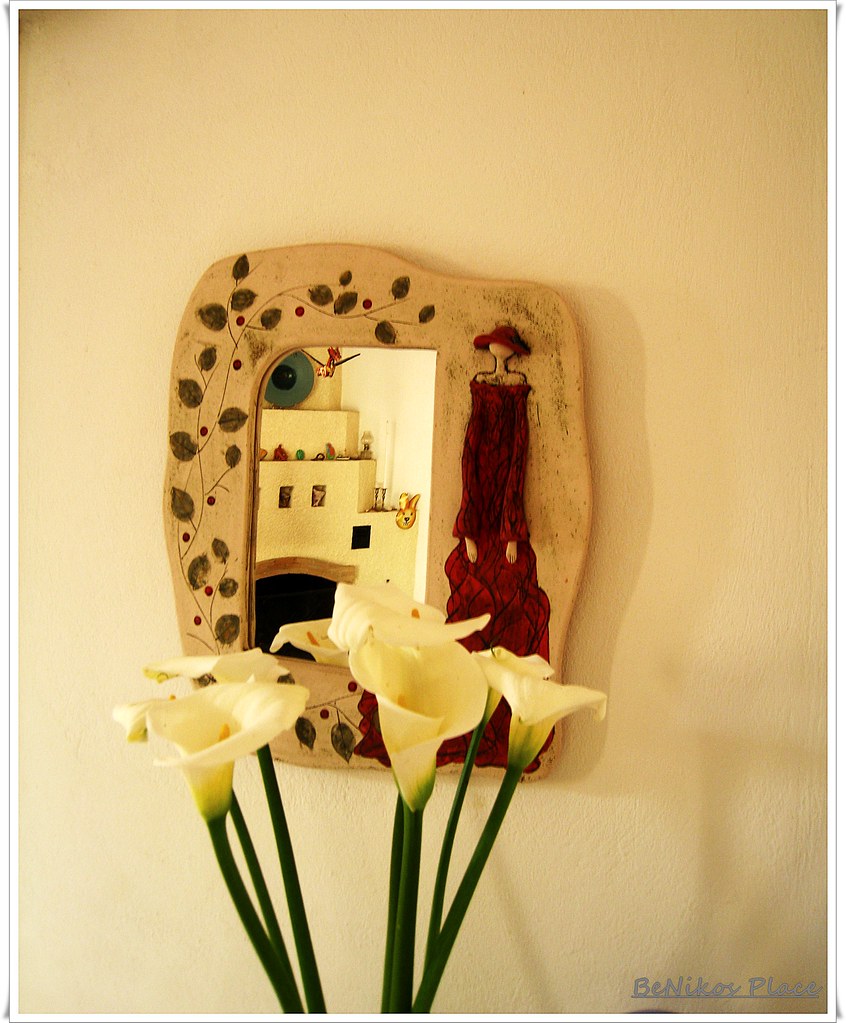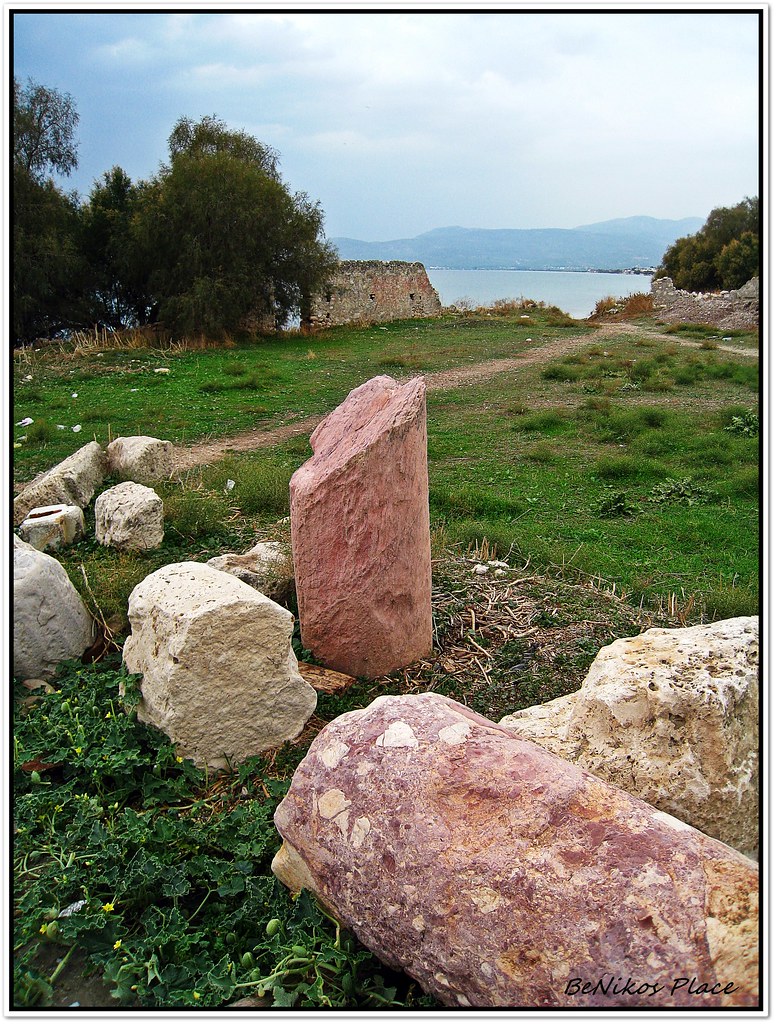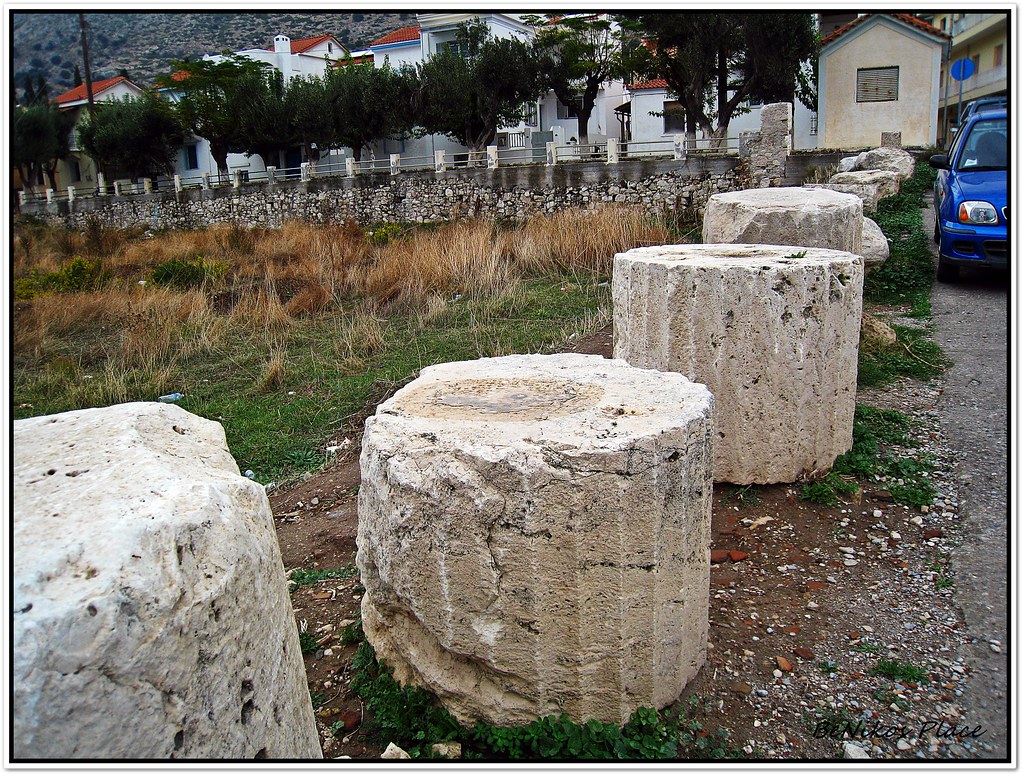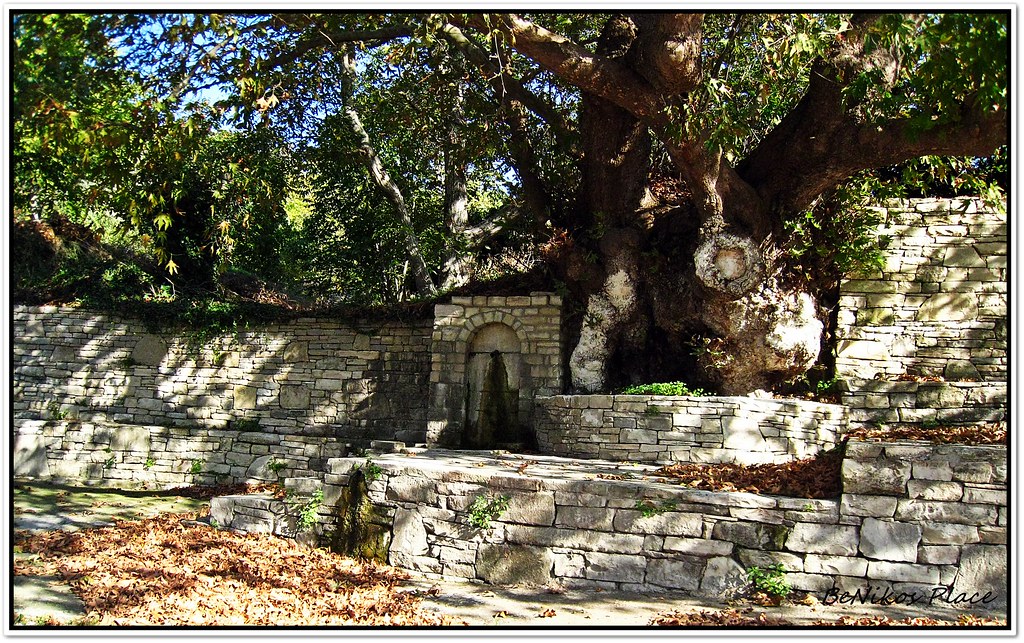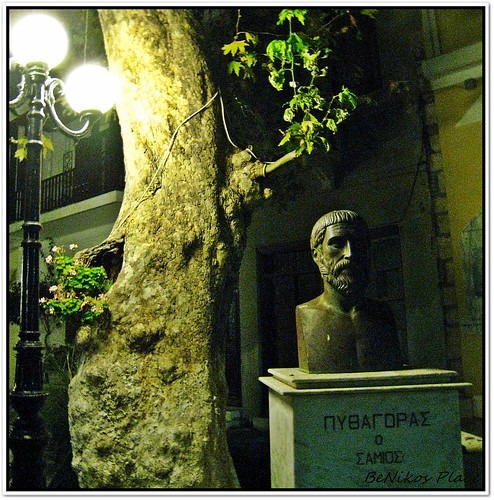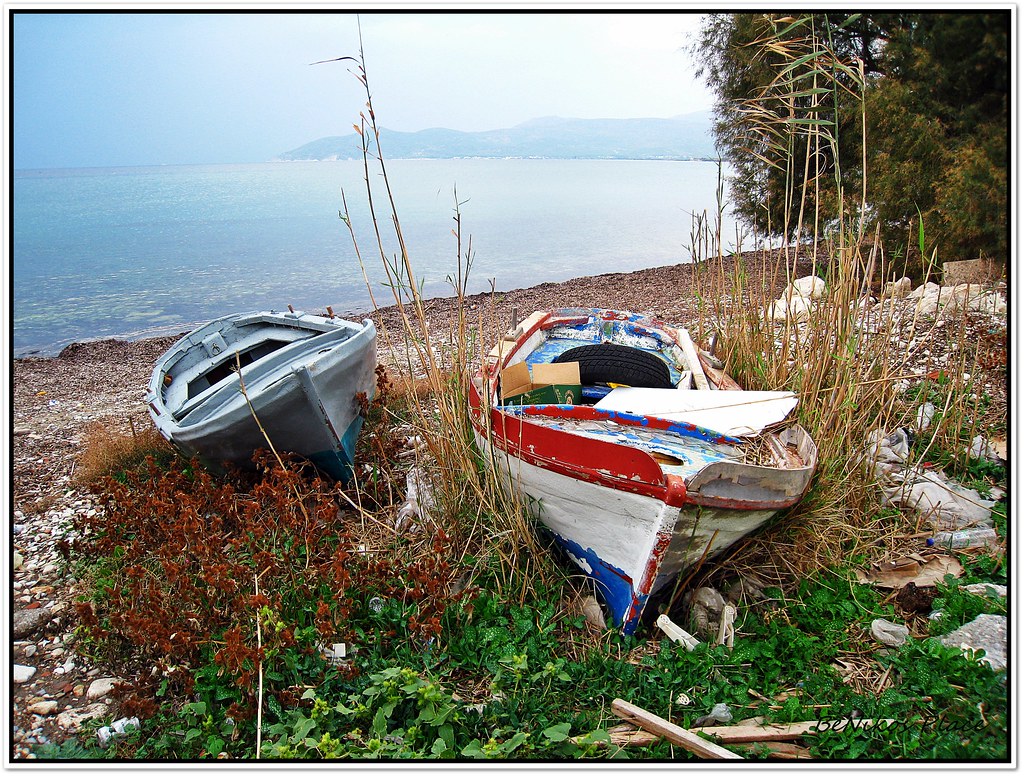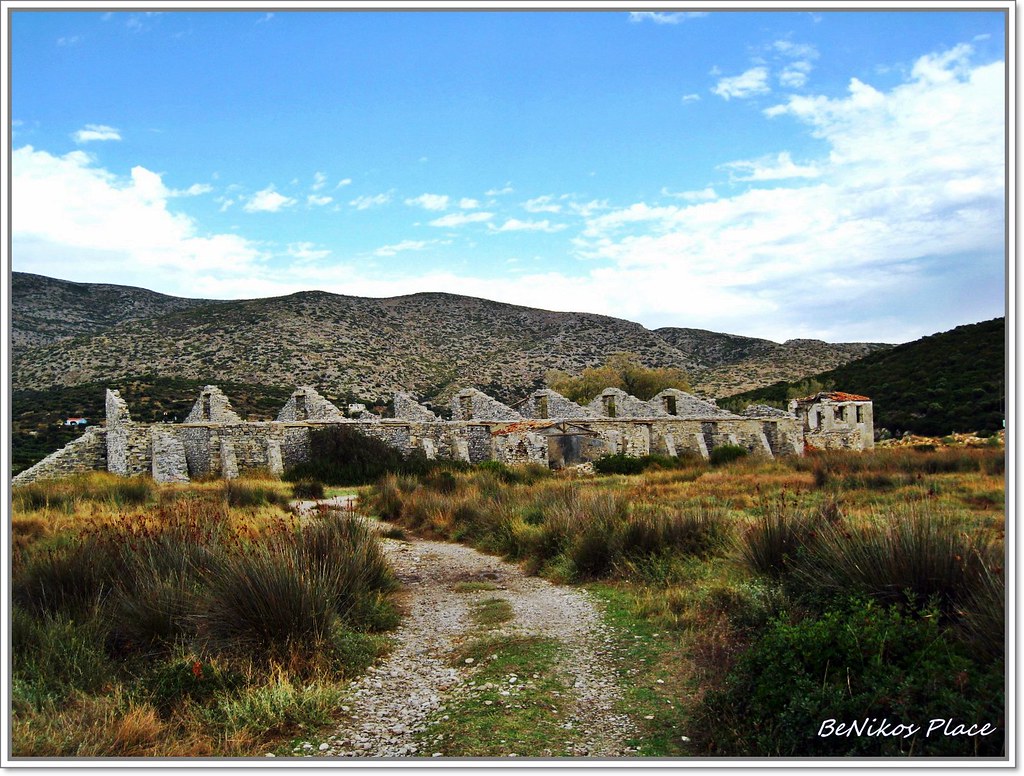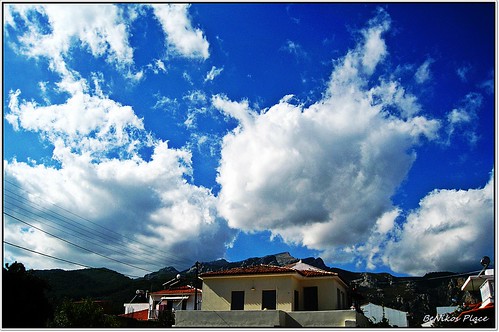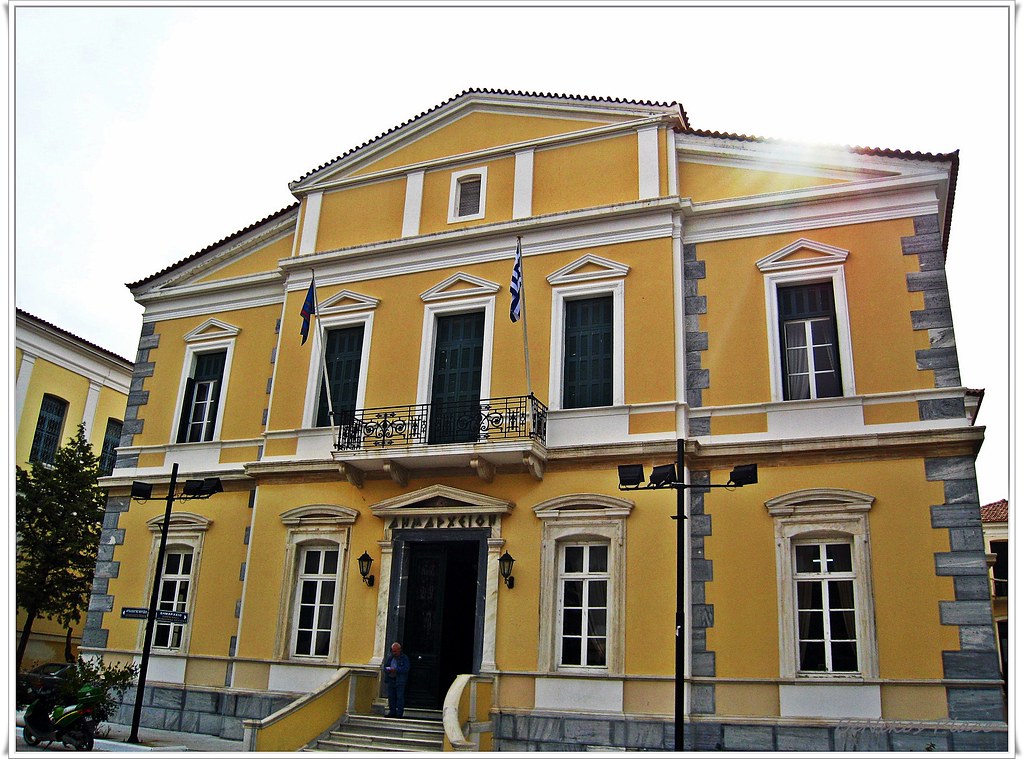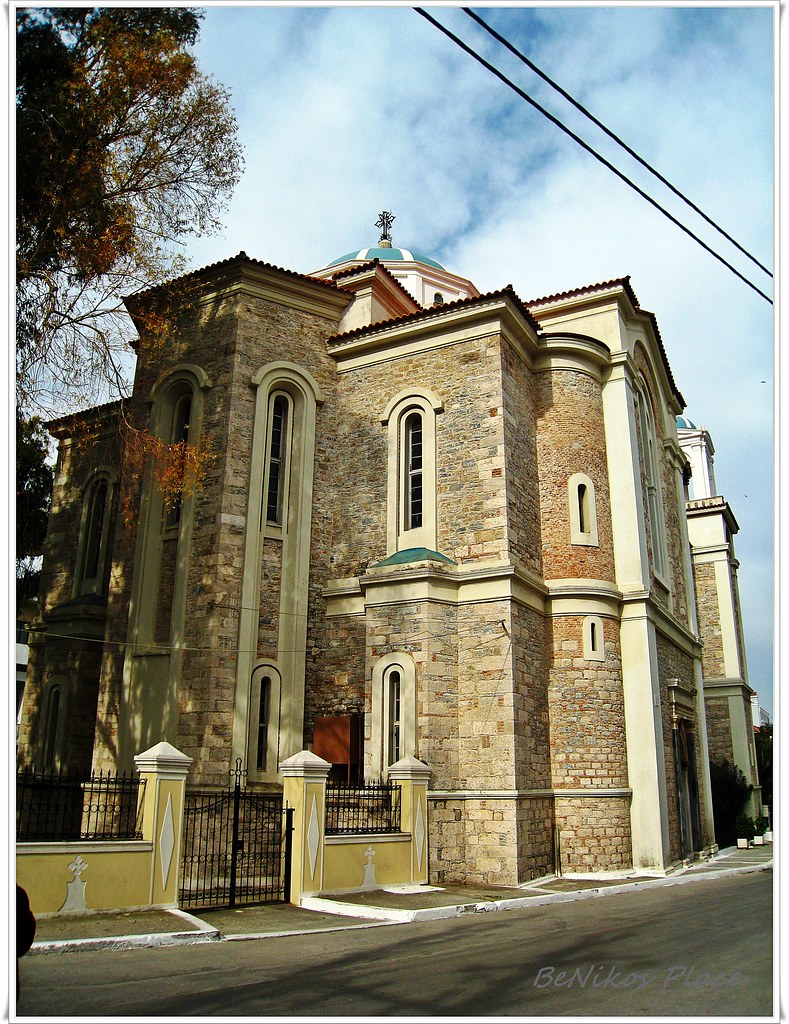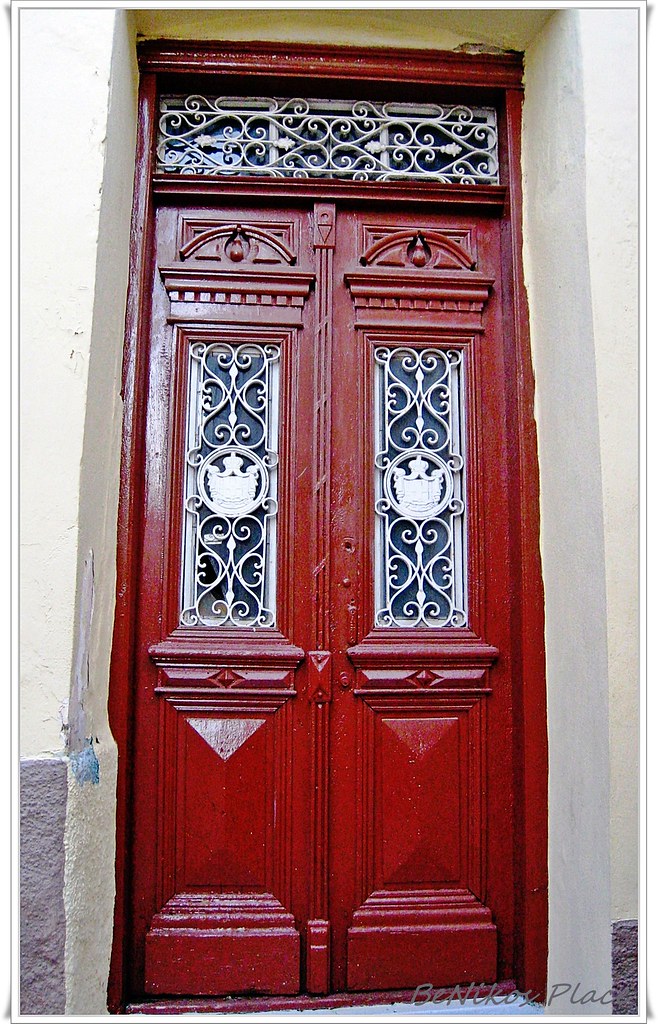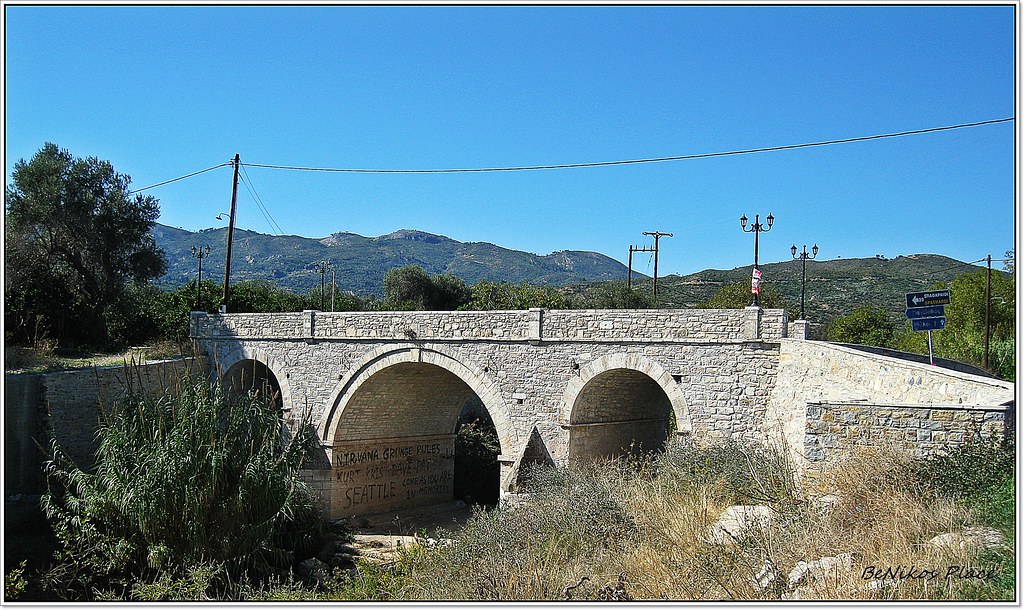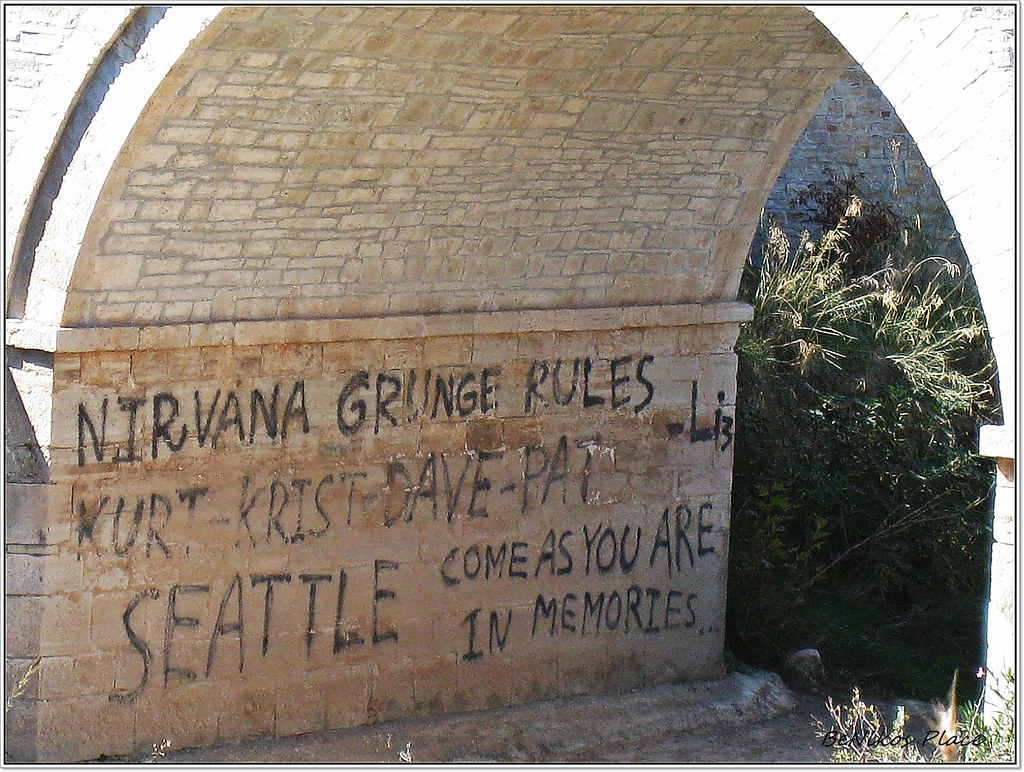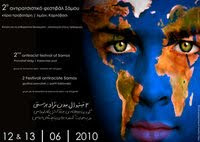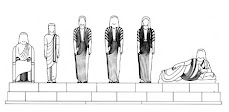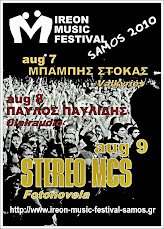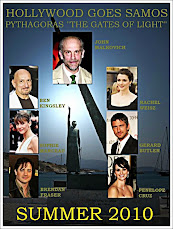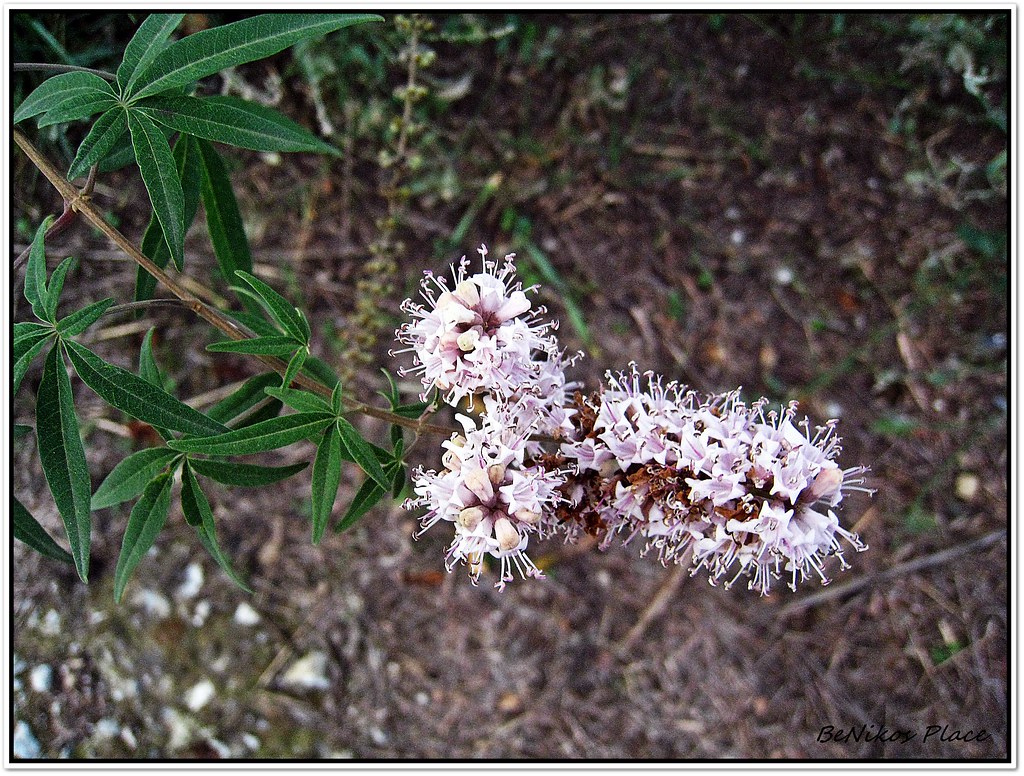
Vitex agnus-castus, also called Vitex, Chaste Tree, Chasteberry, or Monk's Pepper, is a native of the
Mediterranean region.
Vitex, also a traditional plant in
Africa, is a little-known fruit plant that has potential to improve nutrition, boost food security, foster rural development and support sustainable landcare
The leaves and tender stem growth of the upper 10 cm (4 inches), along with the flowers and ripening seeds, are harvested for medicinal purposes. The berries are harvested by gently rubbing the berries loose from the stem. The leaves, flowers, and/or berries may be consumed as a decoction, traditional
tincture, cider vinegar tincture, syrup,
elixir, or simply eaten straight off the plant as a medicinal food.
[2]A popular way of taking Vitex is on awakening as a simple 1:1 fluid extract, which is said to interact with hormonal circadian rhythm most effectively.
[3]The berries are considered a tonic herb for both the male and female
reproductive systems. The leaves are believed to have the same effect but to a lesser degree.
[2][3]This plant is commonly called monk's pepper because it was originally used as anti-libido medicine by monks to aid their attempts to remain chaste. It is believed to be a male
anaphrodisiac, hence the name chaste tree. There are disputed accounts regarding its action on female libido, with some claims that it is anaphrodisiac and others that it is
aphrodisiac.
wikipedia








